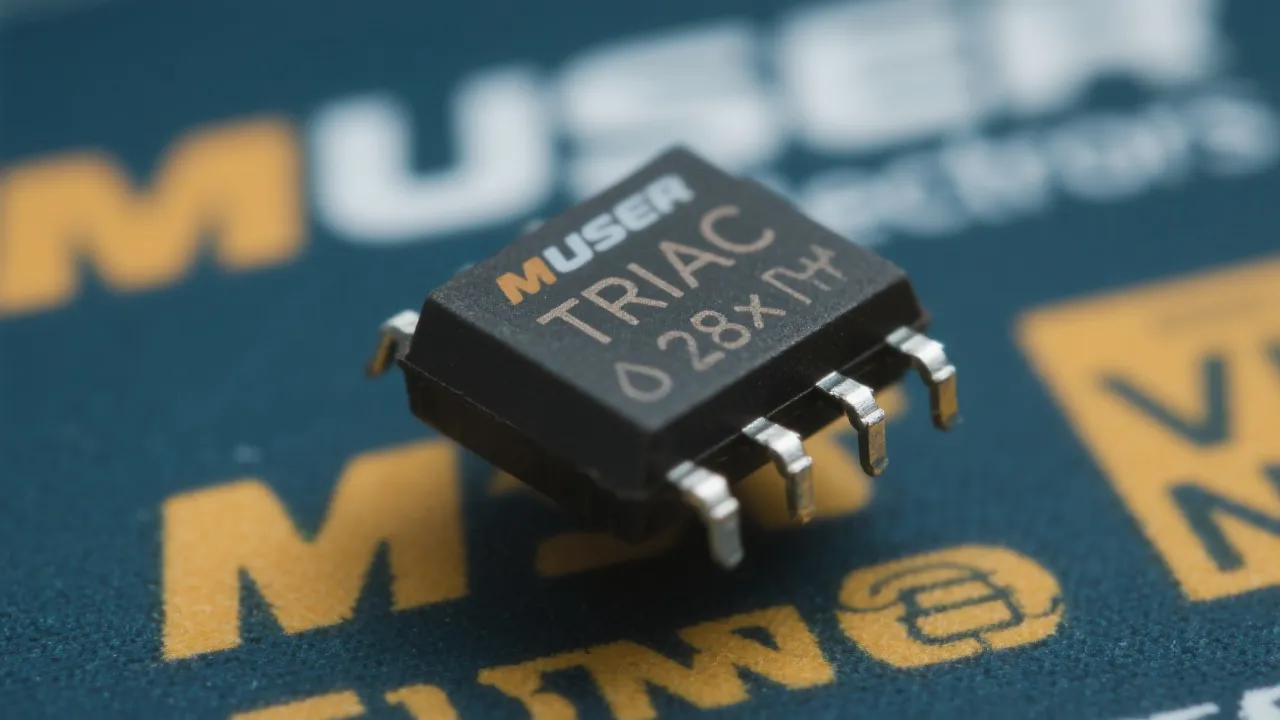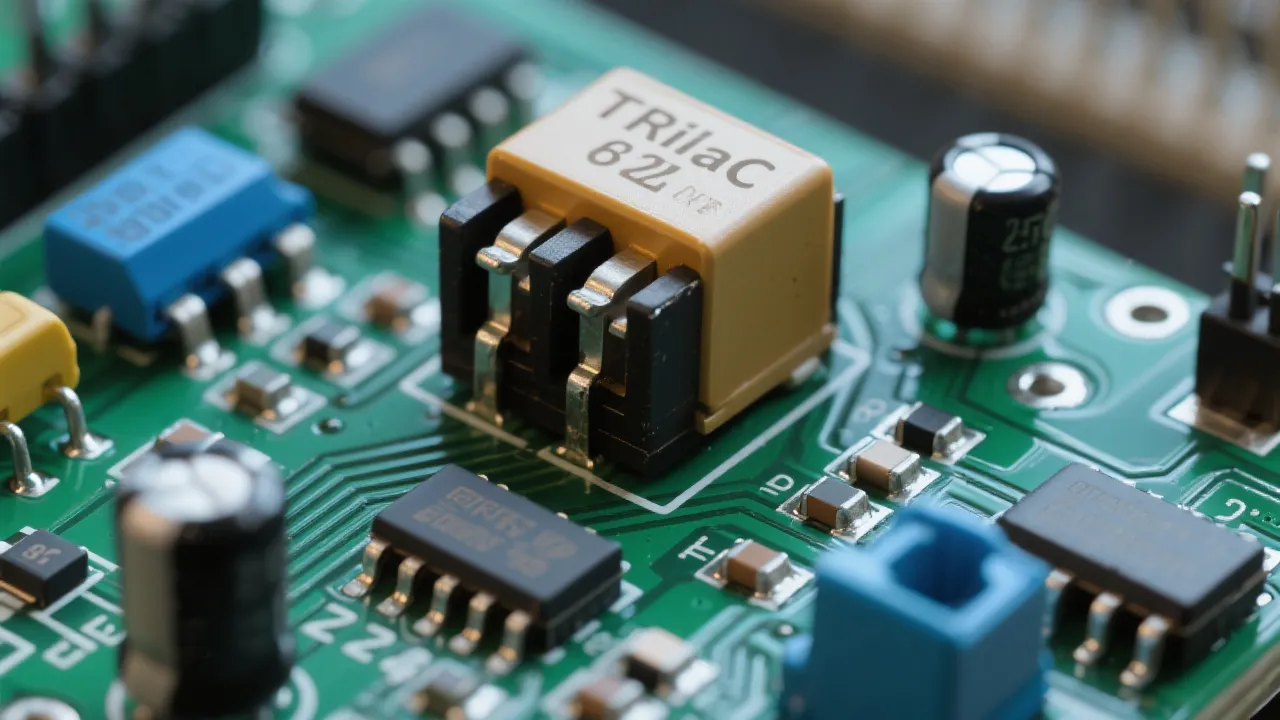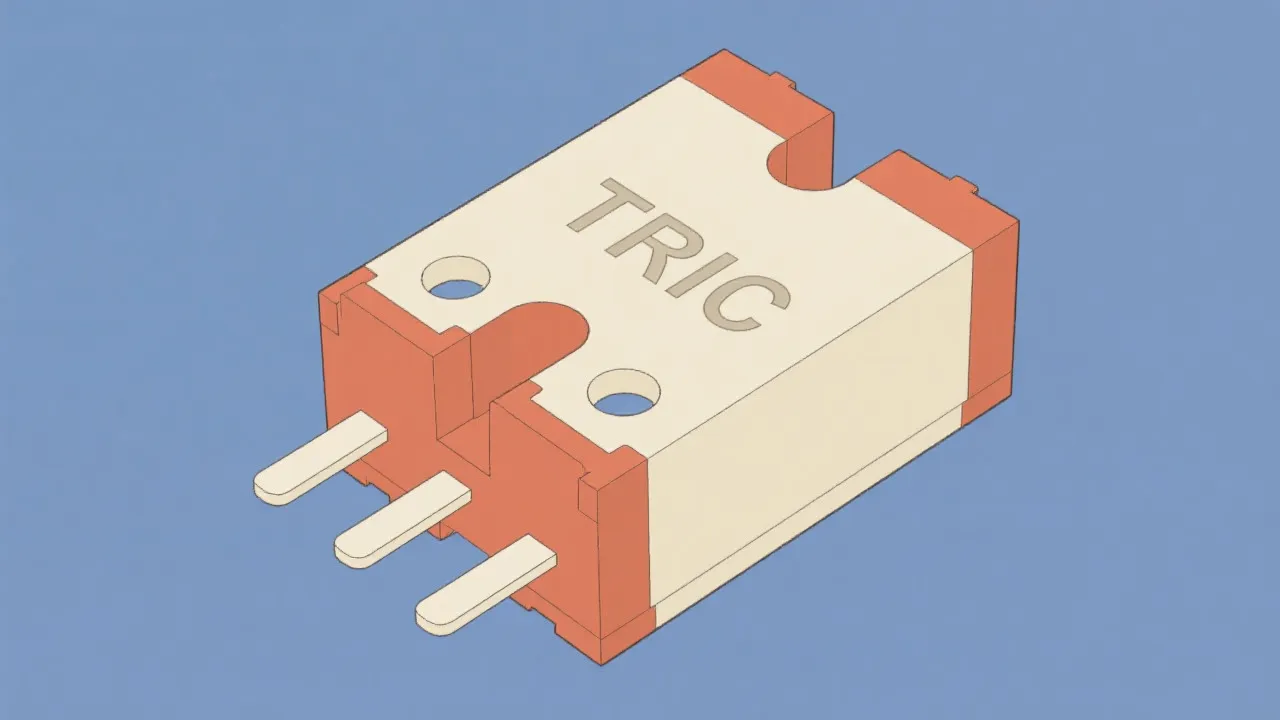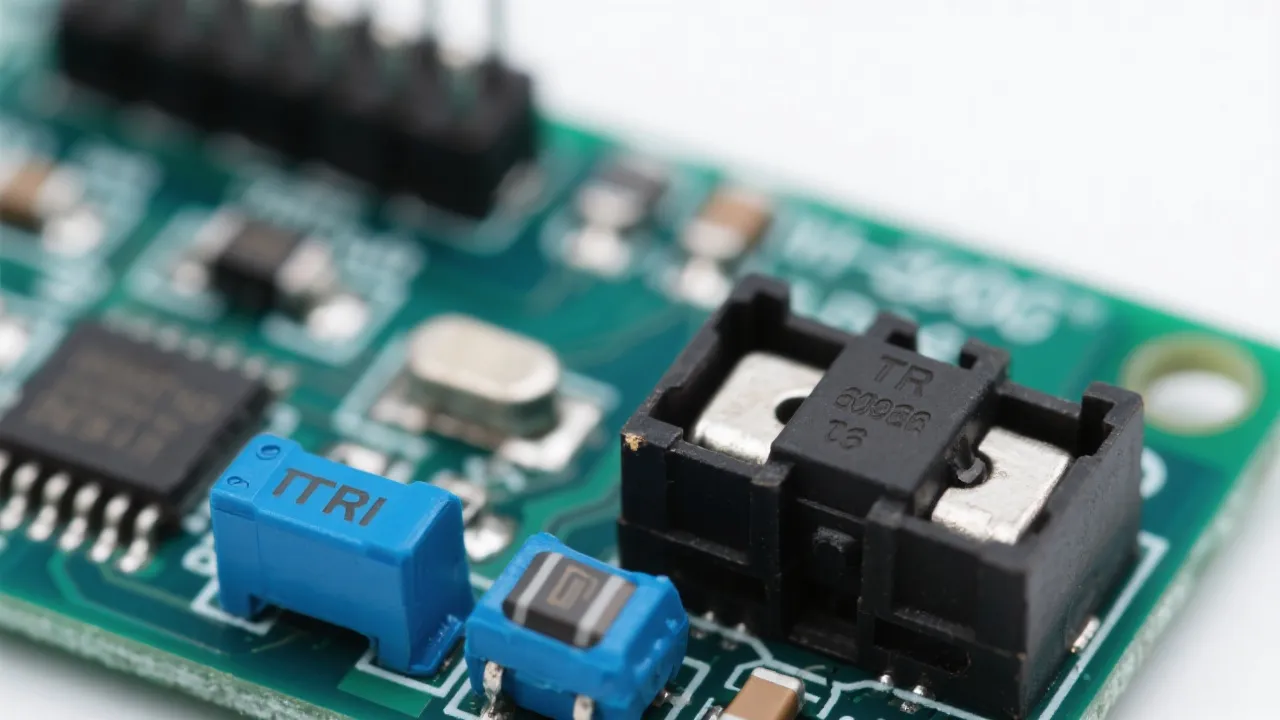Understanding Opgw Oplat in Energy Grids
Opgw Oplat is a groundbreaking innovation in the field of energy transmission, integrating optical fibers into the traditional grounding wires of overhead power lines. This technology enhances communication capabilities alongside electrical safety, thereby optimizing the efficiency of modern power grids globally. This article provides an in-depth examination of Opgw Oplat technology, its benefits, applications, and future prospects.

Introduction to Opgw Oplat Technology
Opgw Oplat represents a significant advancement in the realm of electrical power transmission, bridging the gap between conventional electrical grid systems and advanced communication needs. By integrating optical fibers within the structure of grounding wires, it allows for sophisticated data transmission whilst ensuring electrical safety. The integration of optical fibers into the overhead ground wires embodies a leap toward the future of smart grids, where both energy distribution and data communication are vital elements of operation. This technology reflects the trends in modern energy systems that favor efficiency, reliability, and enhanced performance.
Key Features of Opgw Oplat
The primary feature of Opgw Oplat is its multifunctionality. Traditionally, overhead ground wires are used solely for grounding and lightning protection. However, by embedding optical fibers, these wires can simultaneously support high-speed communications. This integration is crucial for the evolving needs of smart grid technology, which demands efficient data collection and transmission. The Opgw Oplat system also features high durability and resistance to environmental factors, which is critical since these wires are typically installed at great heights and exposed to various weather conditions. The optical fibers inside Opgw are engineered to endure physical stresses and temperature variations, ensuring that the data integrity and electrical safety remain uncompromised over time.
Benefits of Implementing Opgw Oplat
There are numerous benefits associated with the implementation of Opgw Oplat. First and foremost, it promotes enhanced communication capabilities. With networks becoming more complex and the demand for real-time data increasing, Opgw Oplat stands as a reliable solution. The dual functionality minimizes the need for separate communication cables, reducing infrastructure costs and complexity. Additionally, the reduction in maintenance and installation time due to a streamlined design further signifies operational efficiency. When power companies consider lifecycle costs, the reduced need for additional equipment translates into long-term savings that can substantially benefit their financial models.
Moreover, Opgw Oplat also contributes to environmental sustainability. By consolidating communication and engineering functions into one structure, the implementation requires less raw material, leading to a decrease in the environmental footprint associated with infrastructure development. This eco-friendly aspect aligns well with current global trends towards sustainable energy practices and lower emissions. Furthermore, the ability to collect and relay data from various points in the power network in real-time using Opgw technology leads to improved decision-making and operational responsiveness, which can enhance the overall reliability of the power supply.
Applications in Modern Power Grids
Opgw Oplat is particularly valuable in the context of modern smart grids. These grids require robust data systems to monitor and optimize energy distribution. Opgw Oplat facilitates this by providing a stable medium for data exchange. Additionally, it is beneficial for remote monitoring, which is gaining traction due to its potential to reduce operational costs and enhance service reliability. The technology finds applications in various areas, including but not limited to automated metering, demand response initiatives, and grid management systems.
For instance, in the implementation of automated control systems, Opgw Oplat can carry data between substations and control centers, enabling instant analysis of grid performance. This plays a crucial role in managing energy consumption during peak and off-peak times. The rapid dissemination of data enhances predictive maintenance strategies, allowing utilities to perform anticipatory repairs rather than waiting for failure, thereby reducing downtime. Furthermore, congestion management and demand-side management initiatives benefit from the precise data relay enabled by Opgw, facilitating adjustments in real-time based on user consumption patterns.
Comparative Analysis: Opgw vs. Traditional Systems
| Aspect | Opgw Oplat | Traditional Ground Wires |
|---|---|---|
| Functionality | Electrical grounding, lightning protection, and data transmission | Electrical grounding and lightning protection only |
| Infrastructure Requirements | Streamlined due to dual-purpose design, reduces separate communication networks | Requires additional infrastructure for communications |
| Cost Efficiency | Cost-effective in the long term, due to reduced components and maintenance | Higher costs associated with additional communication infrastructure |
| Data Reliability | High-speed data communication with low latency | Limited or no data communication capabilities |
| Maintenance | Lower maintenance due to integrated design | Higher maintenance requirements due to separate systems |
| Technological Adaptation | Facilitates the integration of new technologies easily | Difficulties in adapting to new technologies |
Challenges and Considerations
Despite its advantages, the adoption of Opgw Oplat is not without challenges. Installation requires expertise in both electrical and optical technologies. Special training is necessary for technicians to handle the unique attributes of optical fibers and to ensure proper installation to maximize performance. Moreover, maintaining these systems can pose challenges due to the intricacies involved in seamlessly integrating two differing technologies. It is crucial for operators to understand these aspects to maximize the technology's potential benefits.
Furthermore, Opgw systems may face challenges in terms of initial capital investment. The cost of integrating optical fibers with existing power infrastructure can be significant, which might deter some entities from making the switch. Additionally, the compatibility of Opgw Oplat systems with legacy systems should be carefully examined to avoid operational inefficiencies. Ensuring that rigorous testing and validation protocols are established prior to the rollout of Opgw technology is essential to prevent any potential disruptions in service. As technology evolves and more countries and regions seek to enhance their grid structures, these challenges must be addressed through collaboration between power companies, technology providers, and regulatory entities.
Future Prospects of Opgw Oplat
As the demand for efficient, smart, and reliable energy grids continues to grow, the role of Opgw Oplat is expected to become even more pivotal. Advancements in fiber optic technology and data handling will further enhance the capability of these systems, driving greater adoption globally. The expected growth in renewable energy sources—such as solar and wind—will also necessitate enhanced communication and data monitoring capabilities, areas where Opgw Oplat excels.
With the concerted push towards smart cities and intelligent energy solutions, the integration of Opgw Oplat will become a cornerstone of future urban infrastructure projects. Enhanced communication through Opgw technology will not only improve energy efficiency but also facilitate the implementation of advanced technologies like energy storage systems, electric vehicle (EV) charging stations, and microgrid installations, all of which rely on real-time data analytics.
Moreover, Opgw Oplat may play a critical role in the transition towards decentralized power generation. As consumers increasingly generate their own electricity (such as solar panels), reliable and efficient communication networks will be required to manage this new flow of energy. The adoption of Opgw in these scenarios will support better integration of distributed energy resources, making it a vital component of future energy strategies. As jurisdictions worldwide strive towards smarter energy solutions, Opgw Oplat is poised to play a foundational role in this transformation.
FAQs
- What is Opgw Oplat? - Opgw Oplat is a composite technology integrating optical fibers into the structure of overhead grounding wires, serving dual purposes of communication and electrical grounding.
- Why is Opgw Oplat important? - It enables high-speed communication over existing power infrastructure, crucial for smart grid functionalities, which helps improve reliability and operational efficiency.
- Can Opgw Oplat replace traditional systems? - While it offers numerous advantages, full replacement depends on specific infrastructure and budgetary considerations of power companies. It primarily acts as a complement to existing systems.
- What types of data can Opgw Oplat transmit? - Opgw Oplat can transmit various forms of data, including monitoring information, control signals, and communication for operational management, all of which are essential for intelligent grid management.
- How does the implementation of Opgw Oplat reduce e-waste? - By combining two functions into one structure, Opgw Oplat minimizes the necessity for additional communication cables, leading to a reduction in electronic waste associated with outdated or unused components.
Understanding the intricate dynamics of Opgw Oplat offers valuable insights into future trends in energy delivery systems. The combination of power transmission and communication within a single unit exemplifies how modern technologies can enhance operational efficiency while addressing pressing issues such as sustainability and infrastructure costs. As power grids continue to evolve, the integration of technologies like Opgw Oplat will be vital in meeting tomorrow's challenges in a sustainable and effective manner. This technology not only represents a shift in the approach to energy infrastructure but also emphasizes the importance of innovation in the quest for smarter energy solutions.










